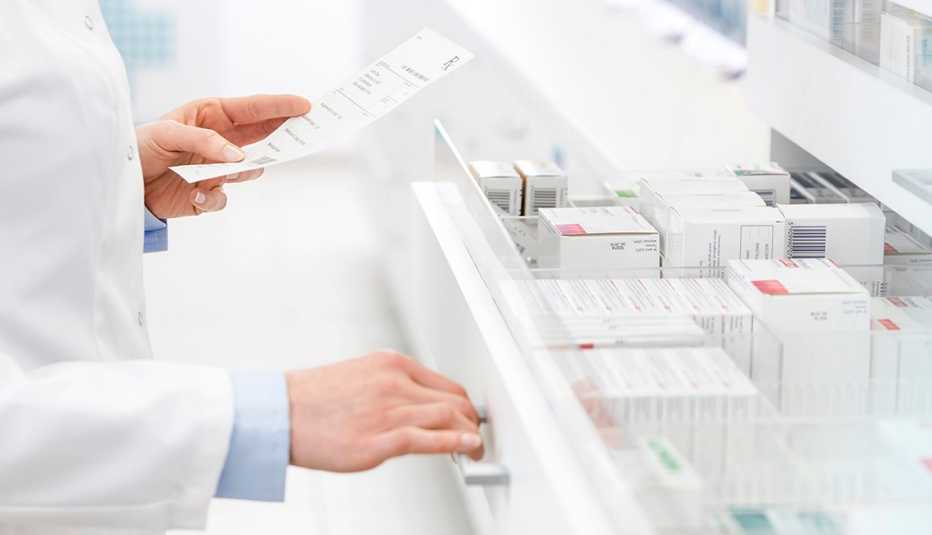Speed
E-prescribing enables providers to review your medical history without flipping through pages of paperwork and then to authorize and transmit an Rx for you in seconds — something that can be especially helpful if, say, you need an emergency refill of your statin while traveling. In turn, pharmacies can automatically send requests for prescription refills to prescribers without having to call or fax an already-harried medical office staff. Worried that your personal information might get into the wrong hands in the process? While no system is entirely foolproof, the software involved is encrypted and password-protected to shield your records from prying eyes.
Accuracy
With nearly one-third of adults in the U.S. taking five or more medications, there’s a lot of opportunity for harm caused by a prescription error. And the consequences can be steep if someone confuses the migraine drug Topamax with the blood pressure drug Toprol-XL. E-prescribing helps eliminate such errors by requiring prescribers to enter, not scribble, the dosage, frequency and manner in which a drug should be ingested. What’s more, the e-prescription software, which syncs with the same electronic health records your doctor updates at your office visits, contains built-in safety checks. These include alerts of potential negative interactions with other drugs the patient is taking or contraindications based on a patient's advanced age. Pharmacists also have access to your electronic medical history, which they can consult if they see any red flags — further reducing the chance of the wrong drug being dispensed.
Transparency
OK, patients aren’t perfect, either. For one thing, we forget (or don’t bother) to get prescriptions filled. “I can tell you, at our pharmacy 20 percent of the prescriptions aren’t picked up,” says Robert Downes, associate director of Outpatient Pharmacy Services at NYU Langone Health. When a physician hands a patient an old-school paper prescription, there’s no way to track whether it gets filled. But e-prescribing allows doctors to see that patients have done so or to follow up with those who have not. In fact, research has shown that e-prescribing increases follow-through by 10 percent, at least for first-time fills. Another safeguard: the Patient Monitoring Program, a giant database containing patients’ prescription histories, collected and stored by pharmacies and prescribers in some states that don't yet mandate e-prescriptions overall. Physicians can track how often patients are refilling prescriptions for controlled substances such as opioids, making it easier to spot potential drug abuse and doctor shopping. “It also gives the state an idea of doctors who are overprescribing,” says Downes, who likens the process to the Hawthorne effect — that is, getting people to change their behavior because they know they’re being watched.

































































